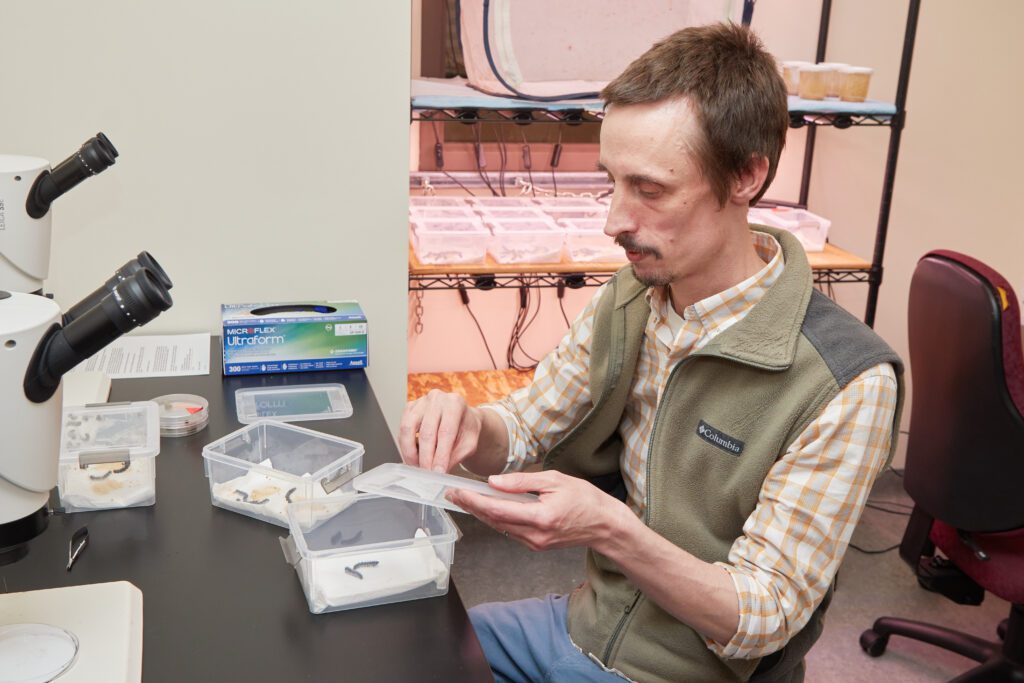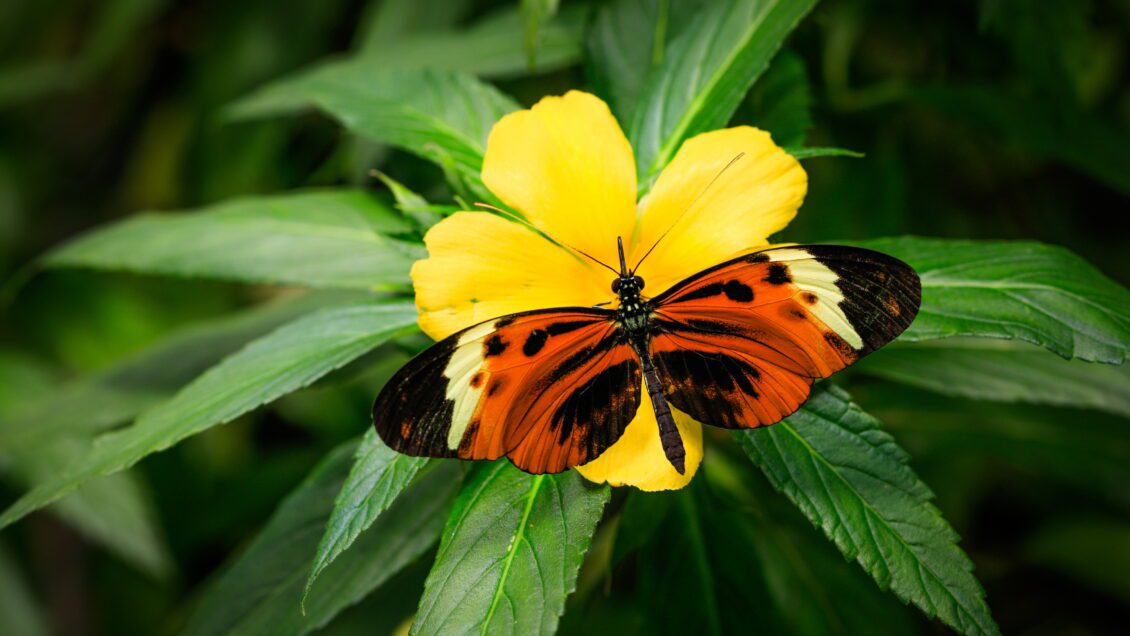Butterflies are more than just the beautiful creatures we plant flowers to attract. They are fascinating at a cellular level and embody the complexity of nature.
James Lewis, an assistant professor in the Clemson University Department of Genetics and Biochemistry, has been researching the genetics of butterflies for years. In honor of National Learn About Butterflies Day on March 14, he brings some interesting insight to these beloved insects.
As someone studying adaptation and developmental biology, Lewis’ interest in butterflies was sparked when he discovered they were a long-standing model for adaptive processes and he could learn a lot from them.
Butterfly adaptations can be linked back to their ecology of their habitat, meaning scientists can easily see how butterflies adapt to local changes in their environment.

Mimicking
One of the most interesting adaptations these creatures exhibit is mimicry, which evolved as a way to ward off predators. The concept involves a model and a mimic — the model usually being a butterfly species predators have come to identify as toxic. Predators will recognize the bright colors in a butterfly’s wing pattern and not make a meal out of them. The mimic butterfly is able to use this defense by copying the model’s design and therefore also being perceived as toxic to successfully fend off predators.
Another trait these creatures have is UV reflection. Humans are unable to see it with their naked eyes. For butterflies, however, it is a complex mating technique.
“With the concept of mimicry comes the challenge of mating,” Lewis explained. “How do you know which butterfly is actually the species that you can reproduce with?”
Glowing
The answer is that only some species are able to reflect UV light. Research in Adriana Briscoe’s lab at UC-Irvine found that these butterflies will look like they’re glowing — a dead giveaway that they’re the same species. This UV vision is thanks to a special opsin protein in their eyes that allows them to detect ultraviolet light.
Most of Lewis’ research revolves around genetic expression in butterfly wings and understanding how their color patterns have changed over time.
Lewis explained that the genetic elements that control color expression work kind of like “light switches.” Sequences around genes willbind to proteins which effectively turns genes on or off, meaning the color appears in some form or doesn’t.
All those colors
Perhaps Lewis’ most interesting discovery in his research on wings is how complex this process of color expression is. Lewis had theorized it would be a fairly simple process but he soon learned otherwise.
“Going back to the light switch analogy, we discovered that it was more than just flipping a single switch. It was more like if you wanted the light on in your living room, you had to flip six different light switches. And if any of them weren’t flipped, the light wouldn’t come on,” Lewis said.
Lewis hypothesizes that the reason behind this is that so many transcription factors are binding to turn off genes expressing color. This ends up acting like a “cookie cutter,” which creates the intricate designs we see on butterflies today.
A little known secret
Those vibrant wings carry one little known secret — their adult tissue is actually dead.
“We’re working with developing tissue to understand the genetics of how wings are formed,” Lewis said. “But it turnsout that the wings on a butterfly — if you just see one flying around — are actually dead. Those cells are dead. They’re just structural at that point.”
Perhaps Lewis’ most interesting discovery in his research of wings is how complex this process of color expression is. Lewis had theorized it would be a fairly simple process but he soon learned otherwise.
“Going back to the light switch analogy, we discovered that it was more than just flipping a single switch. It was more like if you wanted the light on in your living room, you had to flip six different light switches. And if any of them weren’t flipped, the light wouldn’t come on,” Lewis said.
Lewis hypothesizes that the reason behind this is that so many transcription factors are binding to turn off genes expressing color. This ends up acting like a “cookie cutter,” which creates the intricate designs we see on butterflies today.
To learn more about butterflies and the research Lewis is doing, visit here.
Get in touch and we will connect you with the author or another expert.
Or email us at news@clemson.edu

